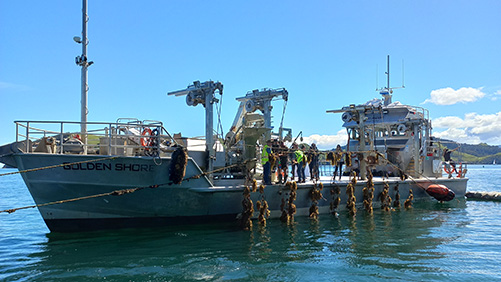Aquaculture in the Waikato
Greenshell mussels continue to be the region’s primary aquaculture product with 25,000 tonnes produced per year, followed by Pacific oysters with 500 tonnes. But with a coastal and marine environment making up a third of the region, there is opportunity to further grow and develop our ‘blue economy’.
Over the next 20 years, our goal is to double the value of the region’s aquaculture exports to $180 million. While ambitious, Growing Together – Whakatupu Ngātahi supports a growth pathway for the industry to become more productive.
The strategy identifies opportunities to lift the productivity of existing marine farms, grow new and additional species, invest in aquaculture infrastructure, technology and services, enable local employment, and diversify the industry into new markets.
Unlocking these opportunities will require securing sufficient supply of resilient mussel spat, conversion of traditional oyster farm techniques to more productive line and basket methods, and capital investment in critical enabling infrastructure, business ventures and in-ocean infrastructure.
Other building blocks key to the industry’s success will be:
- a responsive regulatory framework
- a sufficient supply of resilient mussel seed
- flexibility to innovate and adapt on the water, including changing species and structures
- flexibility to respond to changes in climate and environmental conditions
- realisation of iwi values and aspirations
- demonstration of sustainability and managing biosecurity risks
- support for infrastructure, technology and services
- new marine farming space
- research, innovation and development
- workforce development, including training, education and housing.
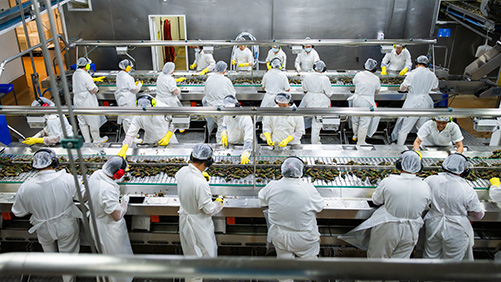
Implementation
Our approach to realising a sustainable and prosperous aquaculture industry.
More about implementationAquaculture in the Waikato - at a glance, 2024
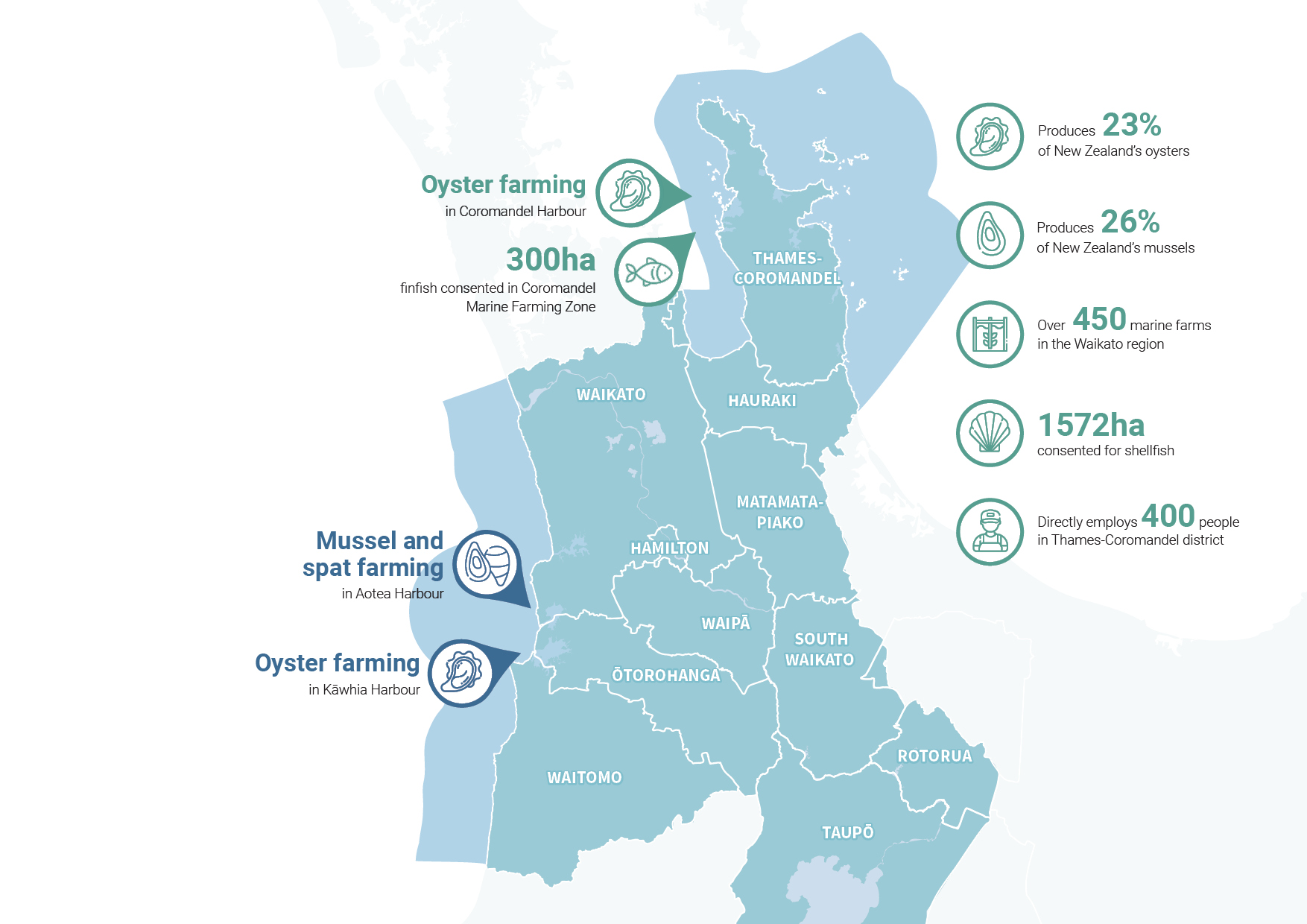
Some of our stories
Finfish farm
Pare Hauraki Kaimoana have been granted resource consents to establish a 300-hectare finfish farm in the Coromandel Marine Farming Zone – the first ocean kingfish farm in New Zealand. This innovative venture is poised to revolutionise the country's aquaculture industry. Unlike traditional shellfish farming, fin fish farming promises a significant economic boost, generating much higher revenue per hectare.
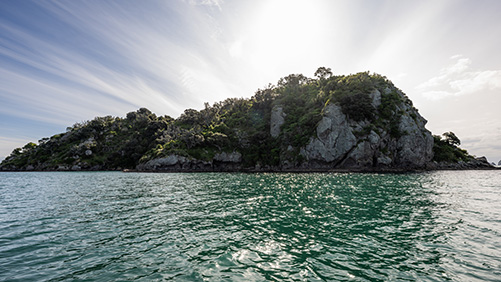
Kōpū Marine Precinct
The Kōpū Marine Precinct is a regionally significant infrastructure development located in Thames. With an 82 metre commercial wharf, floating pontoon, haulage access area, public boat ramp and car parking, the precinct supports marine and aquaculture activities across the upper North Island, boosting the local economy and creating new job opportunities in the region.
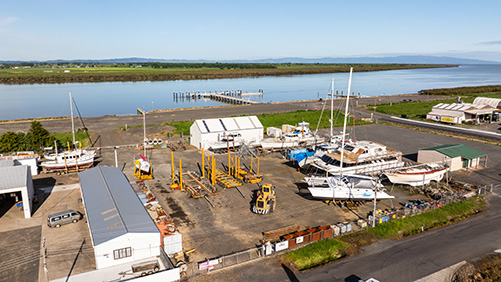
Te Ariki Tahi Sugarloaf Wharf
Located close to Coromandel Town, the Te Ariki Tahi Sugarloaf Wharf is a strategic piece of infrastructure supporting industry growth. Te Ariki Tahi is an all-tide facility that services around 20 mussel barges on the eastern side of the Hauraki Gulf. Work is currently underway to redevelop the facility which will enable it to double its existing capacity for commercial activity and enhancing the local and regional economy.
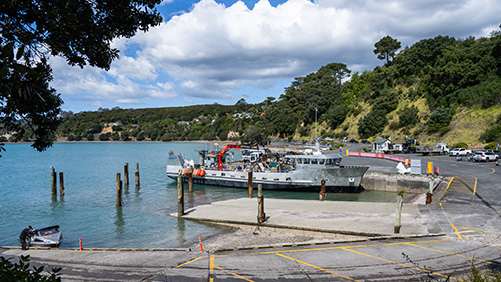
Seaweed sector
The Greenwave Aotearoa Pilot marks a transformative step for New Zealand's emerging seaweed aquaculture sector. By addressing critical supply chain components and fostering collaboration, the pilot has established the foundation for a scalable, regenerative industry poised to deliver significant ecological and economic benefits.
Initially focusing on the native brown seaweed Ecklonia radiata with a Government co-funded three-year pilot project in the Coromandel and other parts of the Hauraki Gulf, the post-pilot Greenwave Aotearoa team continues to play a key role in upskilling regenerative ocean farmers, providing the knowledge and tools needed to develop thriving and sustainable aquaculture practices.
